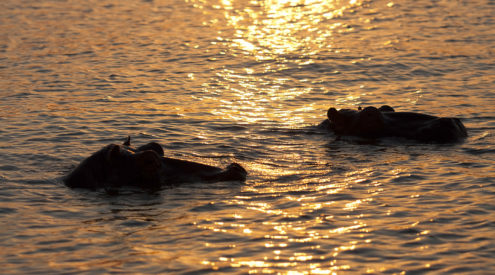Sometimes trees sing, and when they dance, music moves along the branches, buzzing like the strings of a guitar.
I watched such a tree once, and as I continued listening to that tree, a flock of Cape canaries floated down from it onto the ground in front of me, tiny shadows preceding the wings and bright shapes finding lift on the breeze.
The Cape canary is South Africa’s most common canary, rivalling perhaps only the yellow canary in abundance and distribution. It’s a slender species, with a smooth, bluegrey hind crown and nape. It’s one of eight canary species that show sexual dimorphism (where males and females differ in plumage, form and/or size). Males can be told apart from drab females by a mustard-yellow forecrown, face and throat and they give a beautiful warbling call from a prominent perch, or during a delicate butterfly-like display flight.
Canaries are part of a diverse group of granivores or seed-eating birds (although some occasionally eat fruits and insects), which also includes siskins and seedeaters. Although the distinction between the three is rather arbitrary, the seedeaters can generally be identified in having rather heavy, large bills and dull overall plumage.
Fifteen species of canary occur in South Africa, with the protea seedeater, the forest canary, the Cape siskin and the Drakensberg siskin being found only here. Of these four endemics, the protea seedeater is the most elusive. A bird with nomadic tendencies, it prefers thick, tangled scrub and dense fynbos and often inhabits the tricky-to-negotiate rocky slopes of the Cape Fold Mountains – listen out for the ‘tree-dili-eeee’ song and look for a very thick, pale bill, black chin and white wing-bars.
Of all our canaries, the white-throated canary is the biggest (it can weigh up to 38 grams). Found in the western coastal thicket, Karoo scrub and semi-desert areas, it’s grey-brown with a bold white eyebrow strip, white throat, and a greenish-yellow rump. The country’s smallest canary is the lemon-breasted canary (weighs just 10 to 13 grams). The male has a lemon throat and upper breast and white wing bars. You’ll find this species in the far north-east of Zululand, in the palm savanna and adjacent acacia woodlands.
There are people who can identify trees by the sounds they make when the wind blows through their leaves. Then there are those concerned people who are beginning to understand the future of our wilderness through the presence or absence of birdsong as a powerful indicator of the health of the environment. It really is a case of a canary in a coal mine: when it stops singing, so do we.
BirdLife South Africa
To join the organisation or find out more about its projects, visit www.birdlife.org.za.
















